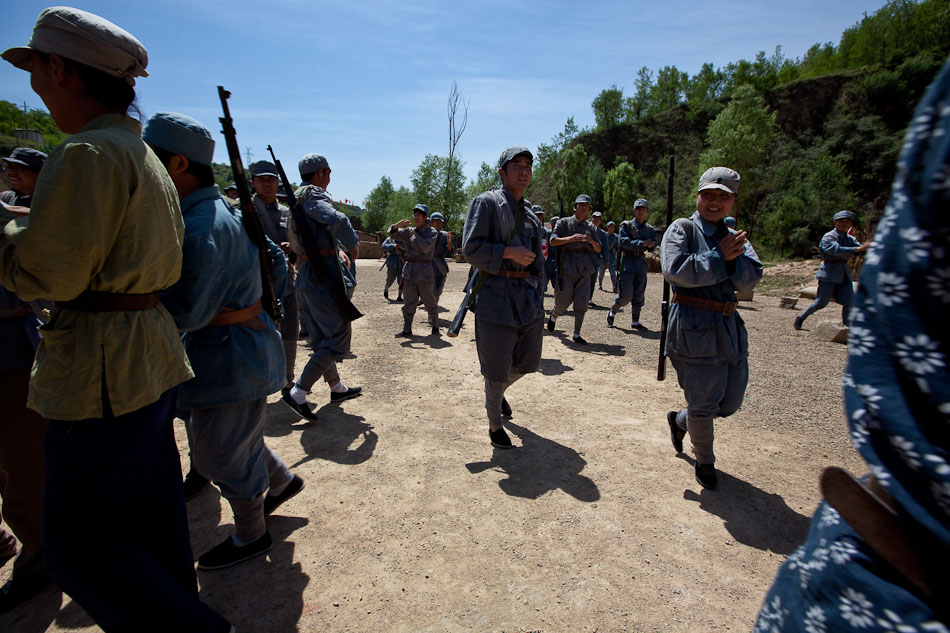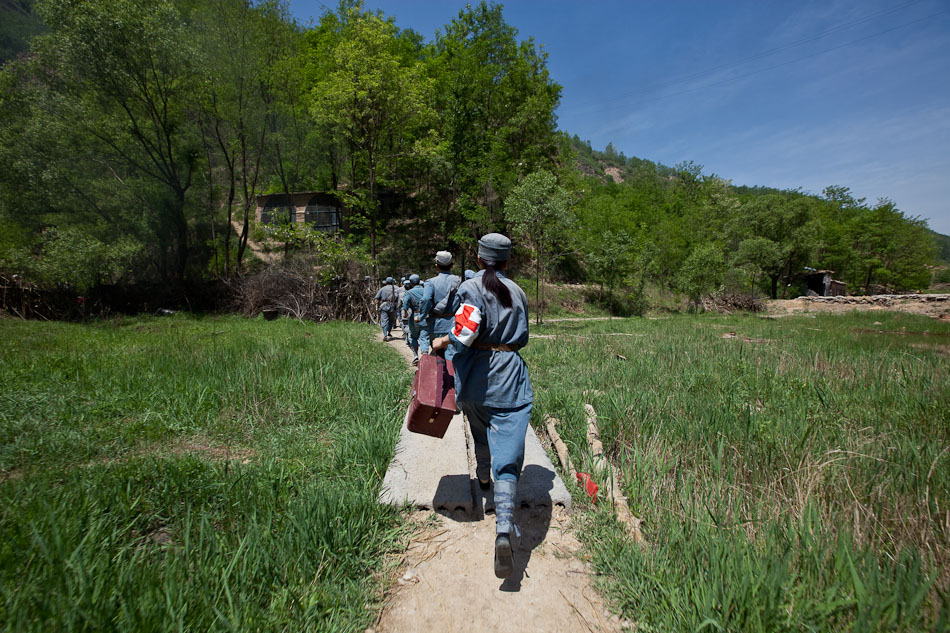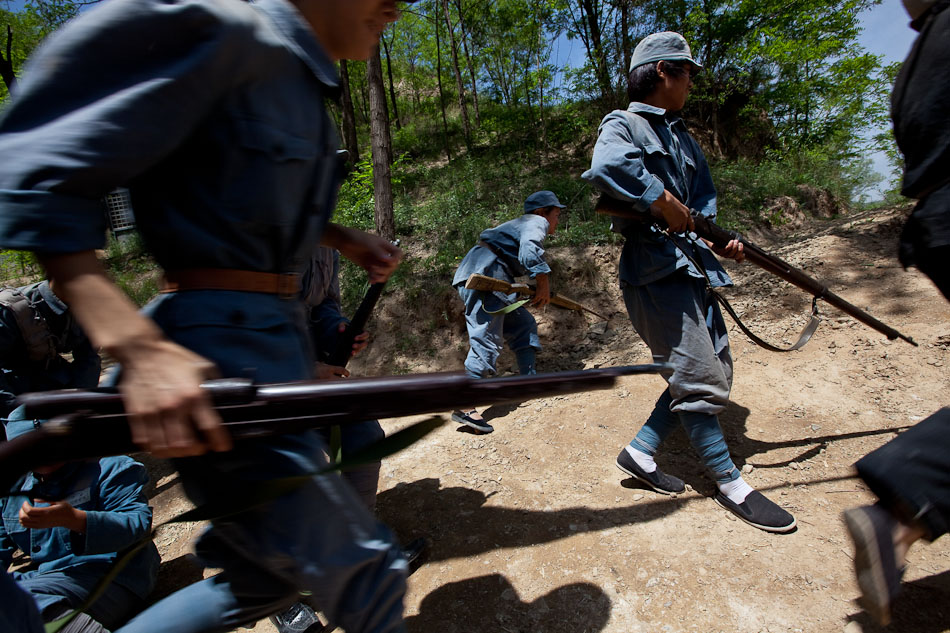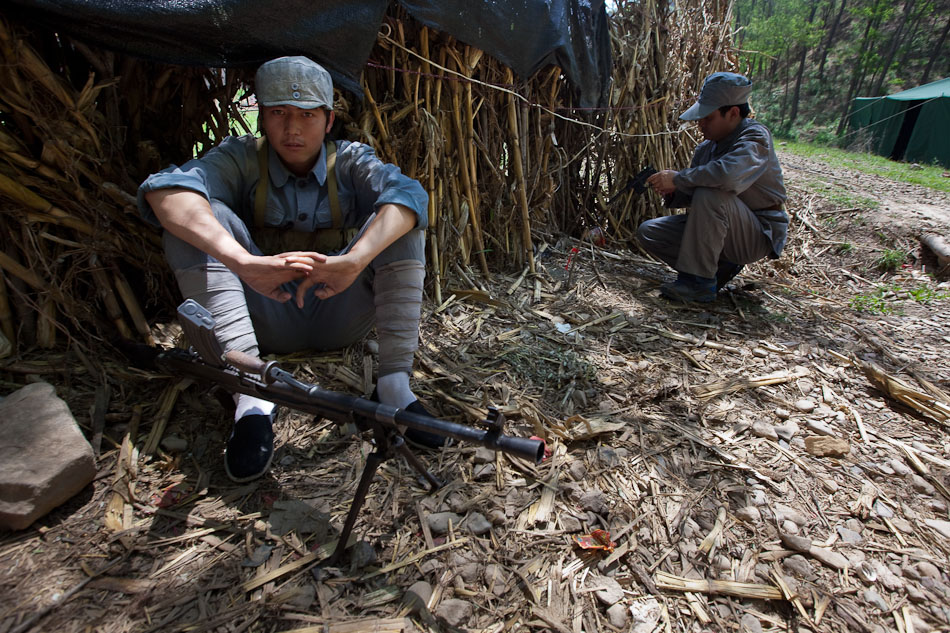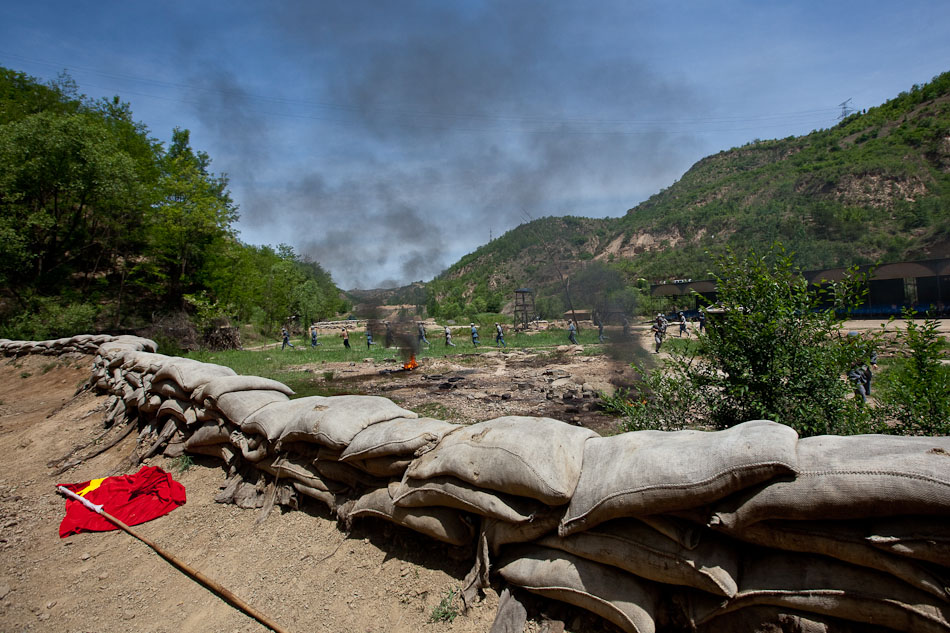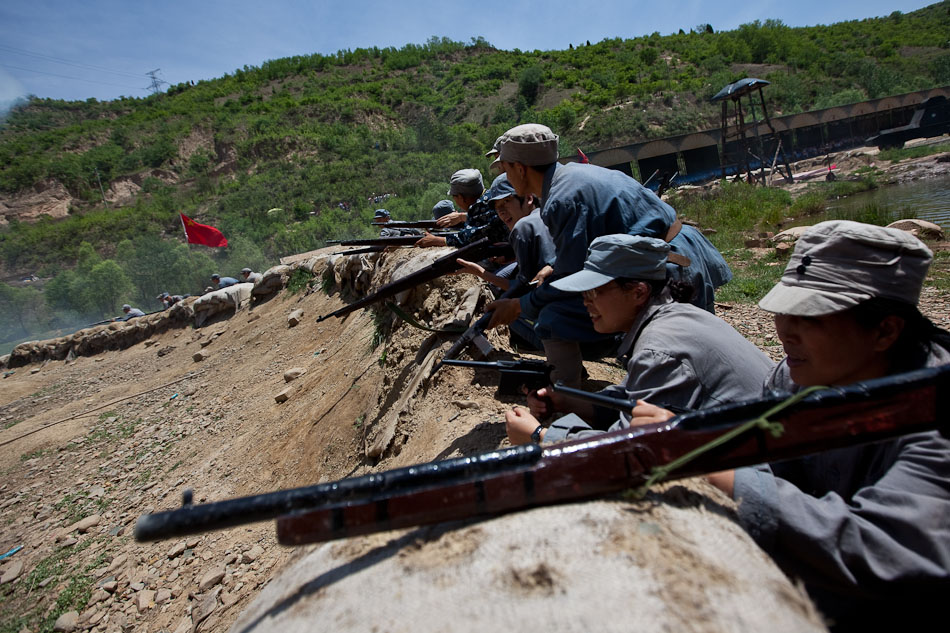Jan 26, 2012 | Counterfeit Paradises, Society, Travel
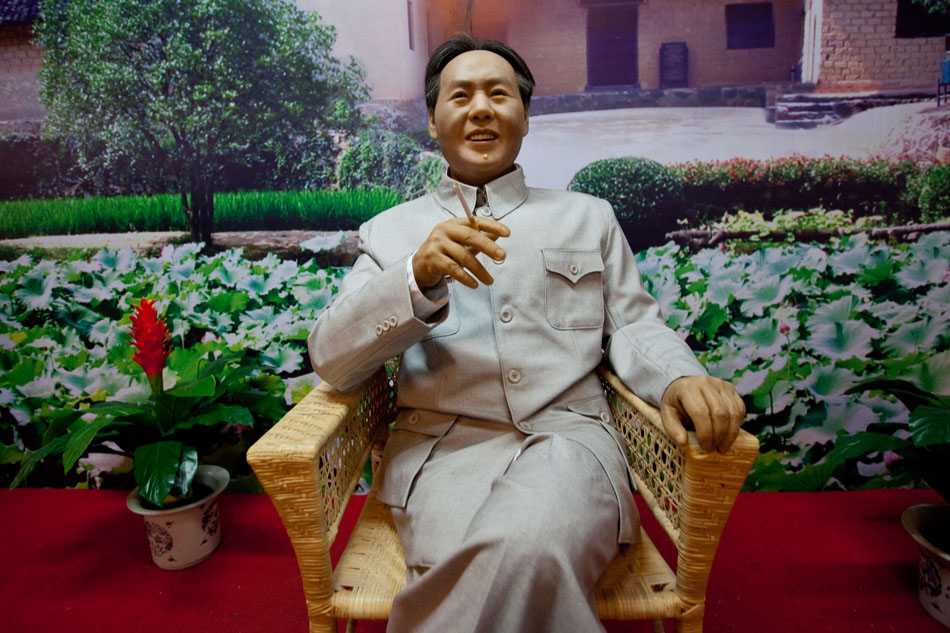
This is the second of a series of posts detailing the bourgeois practices of nouveau-riche, communist-heritage pilgrims who possess expectations and consumer desires that seem at odd with the core ideologies of the founding fathers of the Chinese Revolution. Armed with cash and a new sense of leisure, most of these fledgling tourists first make their way to Shaoshan/韶山, the birthplace of Mao Zedong. A slew of “red” products and trinkets are available around every corner even in the face of sincere reverence for founding Chinese Communist Party leaders that borderlines on idolization. Elderly tourists kowtow to statues of Mao Zedong while company retreats sing “red” songs and pledge oaths. These blind followers make easy prey for egregious tourist traps such as the Shao Yue Palace Maoist Family History Show, where attendants usher punters into Mao Zedong veneration halls, hand out lucky ornaments, ask them to bow to a Mao Zedong statue three times and then try to charge them for the “blessed” ornaments. Some estimate the value of the entire “red” industry at $1.5 billion dollars and Mao Zedong’s hometown is at the epicenter. Also check out the last post in the series on “The Defense of Yan’an” reenactment.
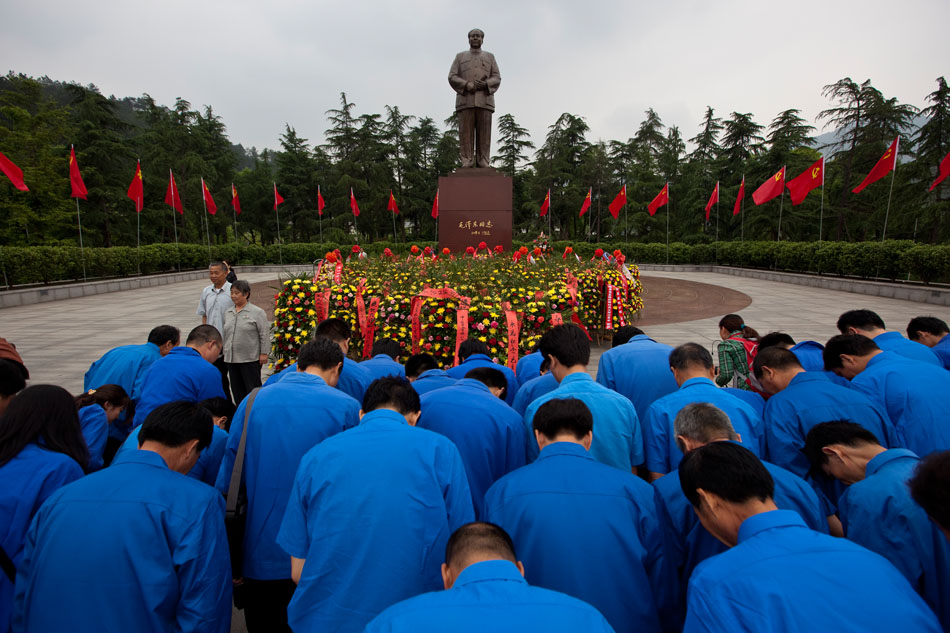
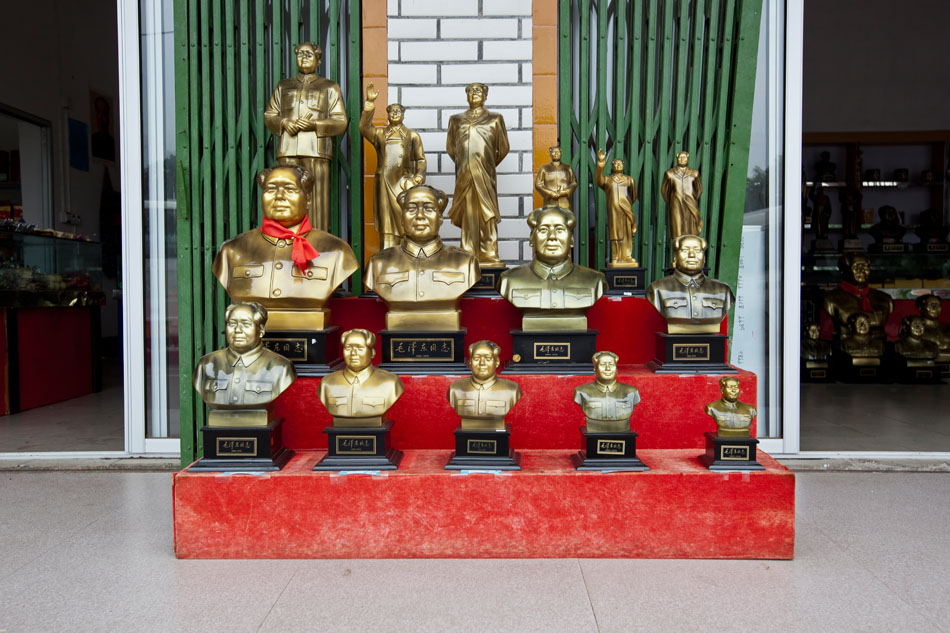
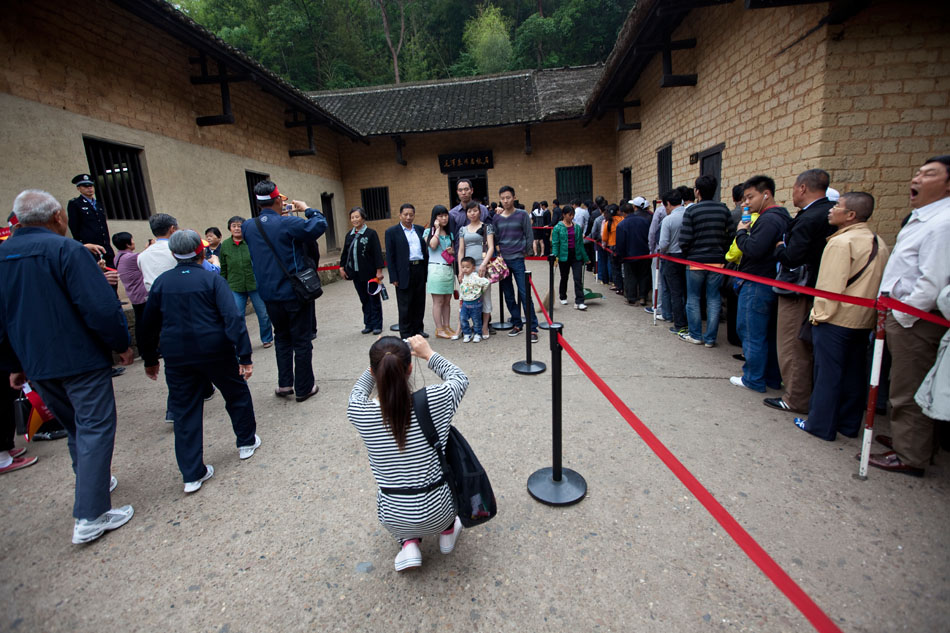
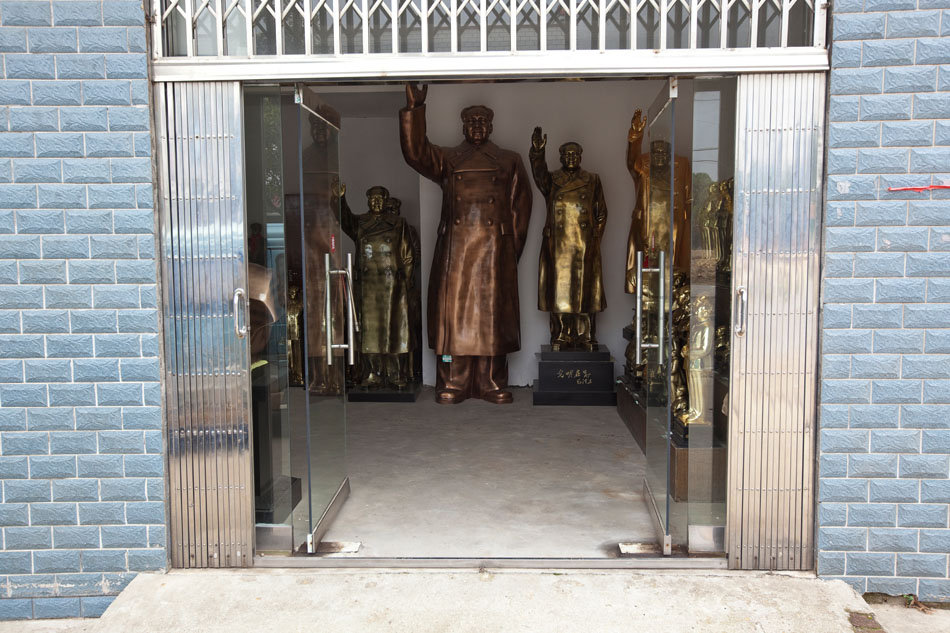

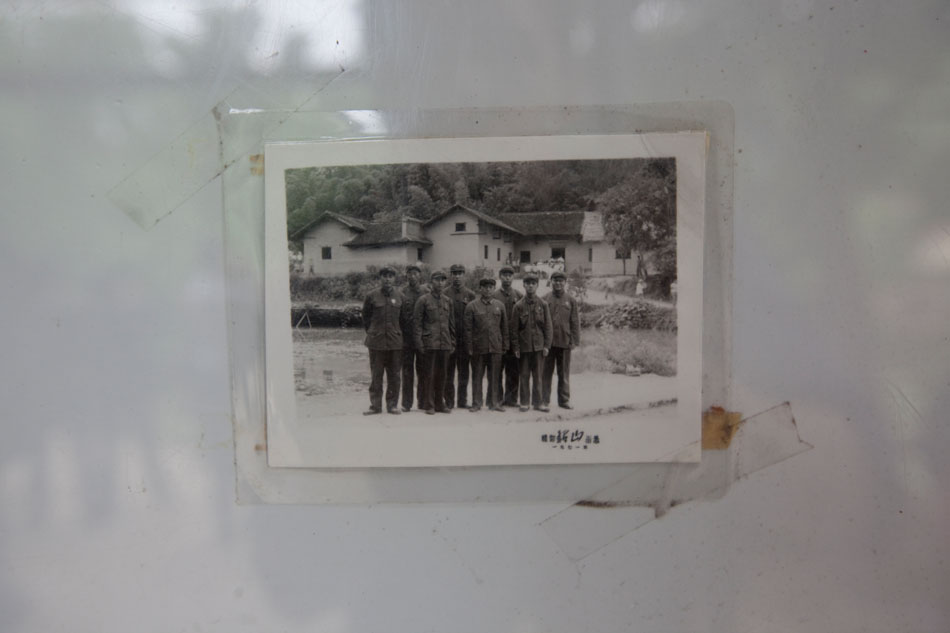
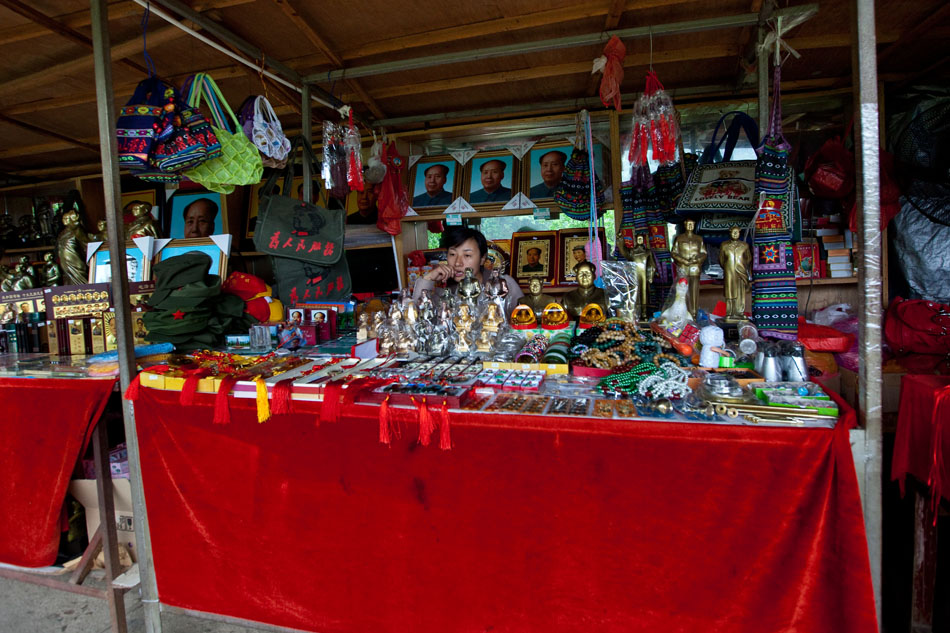
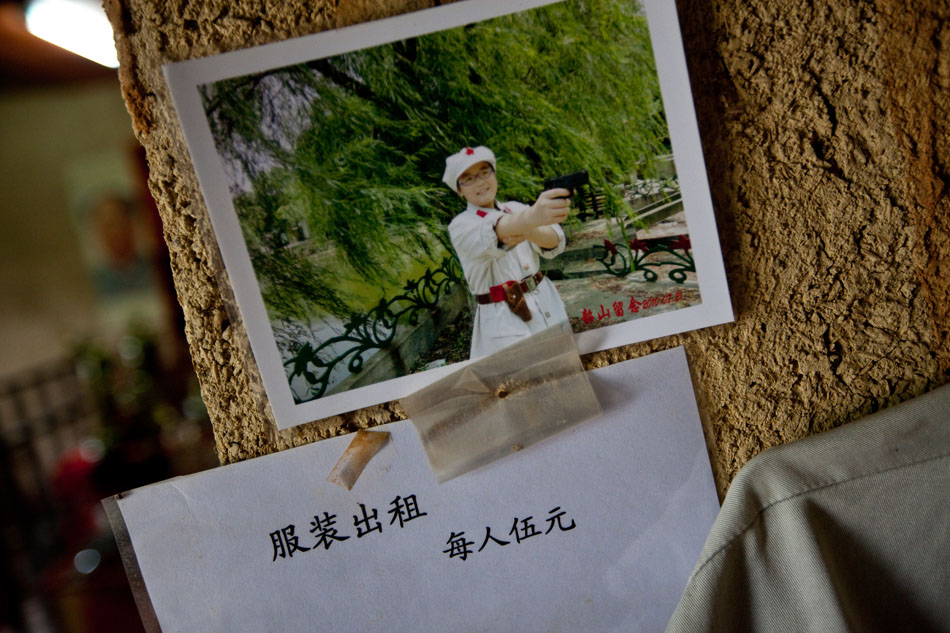
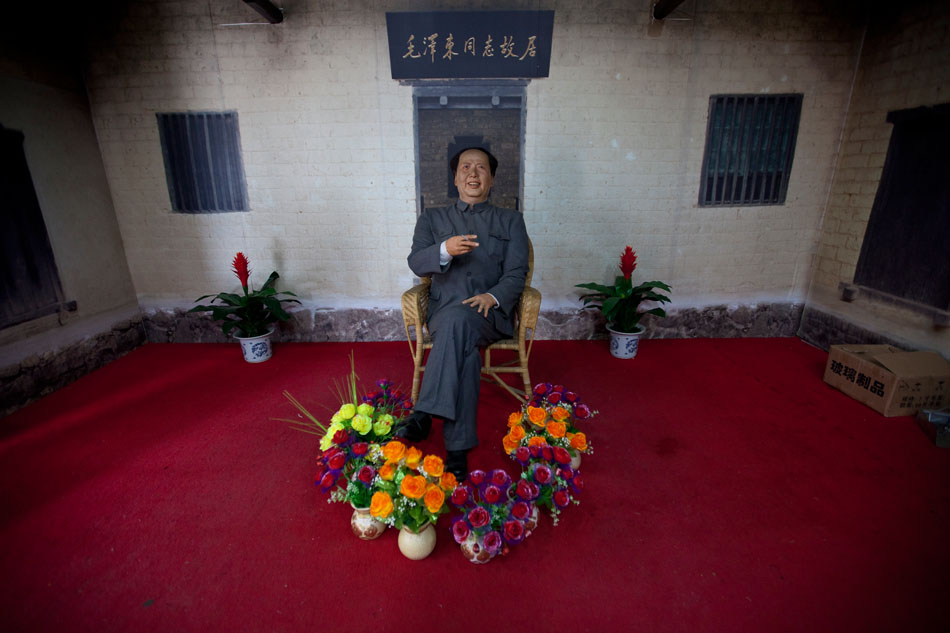
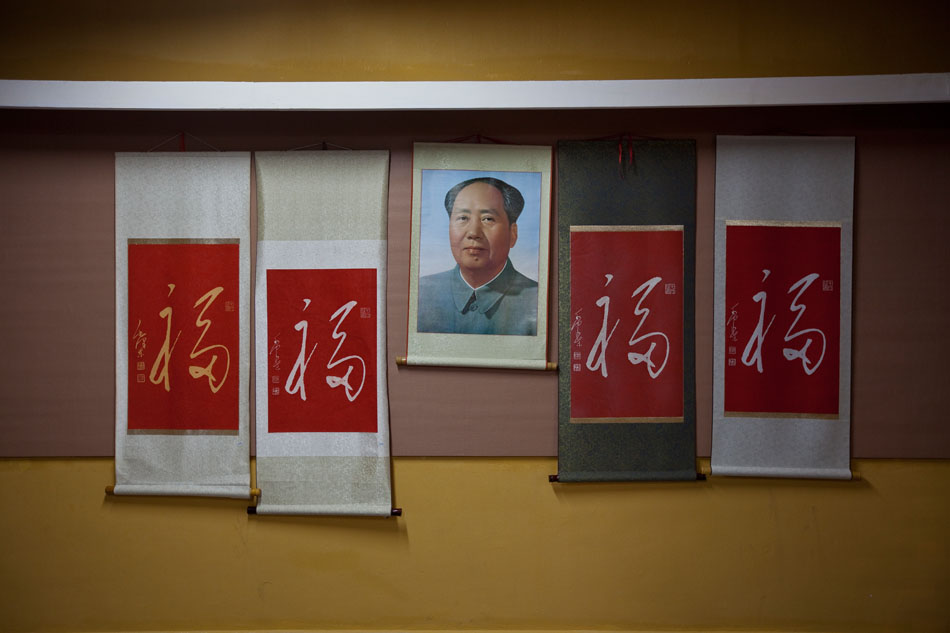
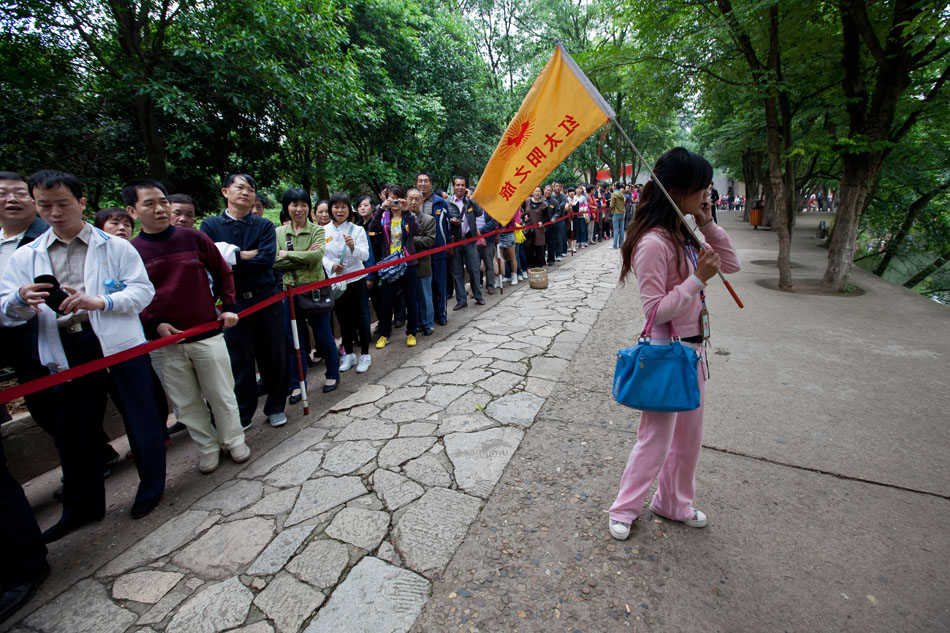
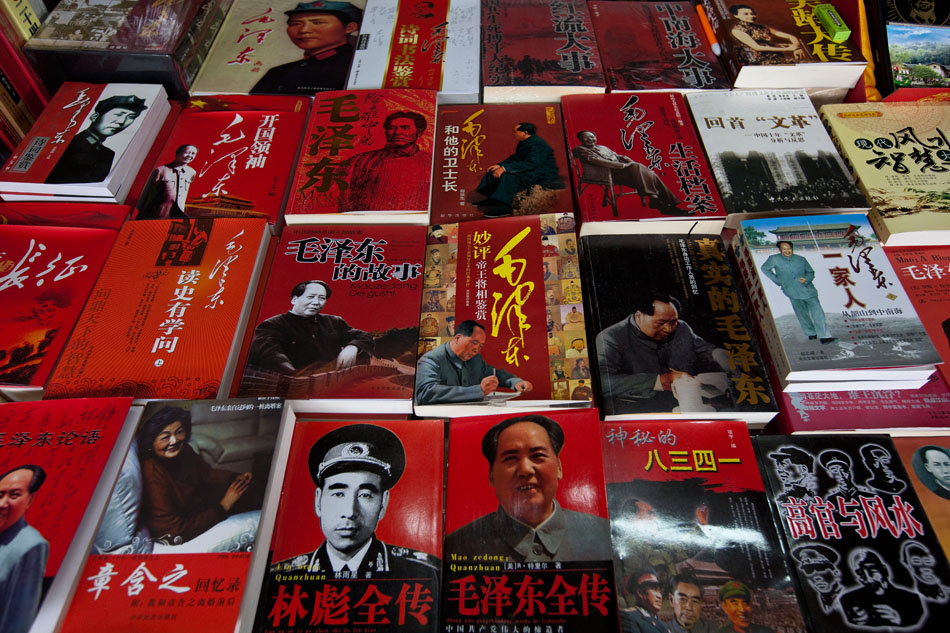
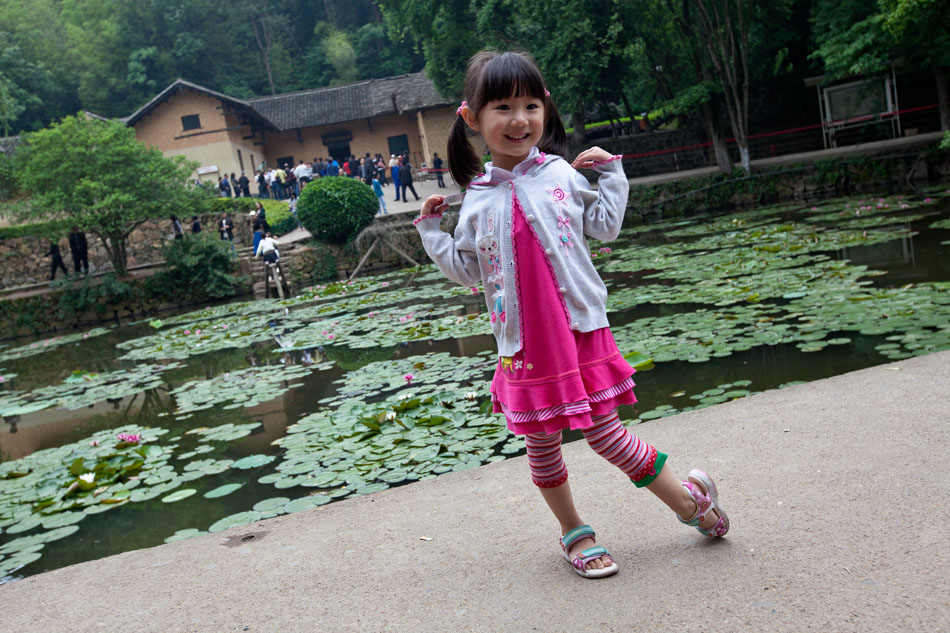
Oct 30, 2011 | Counterfeit Paradises, Society
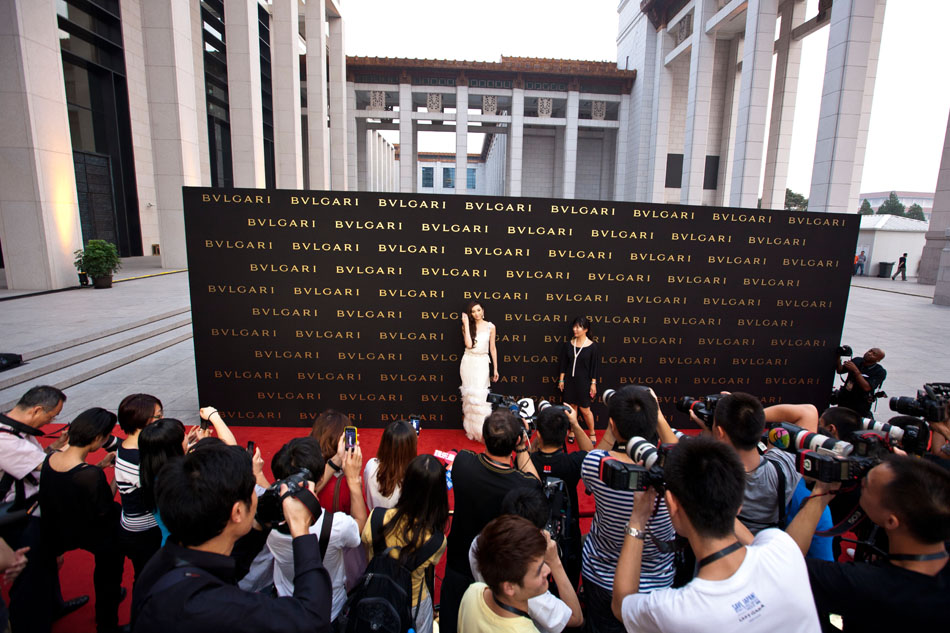
After a four-year, $380 million refurbishment, the National Museum of China finally opened its doors to the public as the largest exhibition space on the planet, beating out both the Louvre in Paris and the Hermitage in St. Petersburg. Even though now touted as one of the world’s premiere cultural institutions, it has failed to impress either international or domestic visitors with it’s shrill depiction of the history of the Chinese Communist Party in its centerpiece “The Road of Rejuvenation” exhibition. Key epochs such as the Great Leap Forward and Cultural Revolution are left out of its glossy displays and poorly translated placards. Still, such a propagandistic history of modern China was expected in the first place. What really shocked many visitors was the blatant commercialization of the National Museum of China within its first two design exhibitions: “Louis Vuitton Voyages” and “Bulgari: 125 Years of Italian Magnificence.” Museum directors claim such exhibitions are revitalizing interest in the space, but it is more a sellout at the heart of the nation a stone’s throw from Mao Zedong’s tomb. Critics remain baffled as to how such a key cultural institution could blatantly promote such crass consumerism, especially surrounding the 90th anniversary of the Chinese Communist Party which was also linked to an exhibition of historical paintings adjacent to vintage Louis Vuitton trunks and sparkling Bulgari jewels. Such opulent items stand counter to the core ideologies of the founding fathers of the Chinese Communist Party celebrated a short distance away, as well as the core mission of the museum itself that is purportedly dedicated to promoting Chinese culture instead of foreign luxury brands. These photographs juxtapose the “The Road of Rejuvenation” and “Masterpieces of Modern Chinese Fine Arts” exhibitions advocating the socialist roots of the Chinese Communist Party with the champagne-fueled openings of the “Louis Vuitton Voyages” and “Bulgari: 125 Years of Italian Magnificence” exhibitions. Such paradoxes stand at the center of the Chinese Communist Party’s attempts to rectify its embrace of rampant free-market consumerism with its socialist heritage.
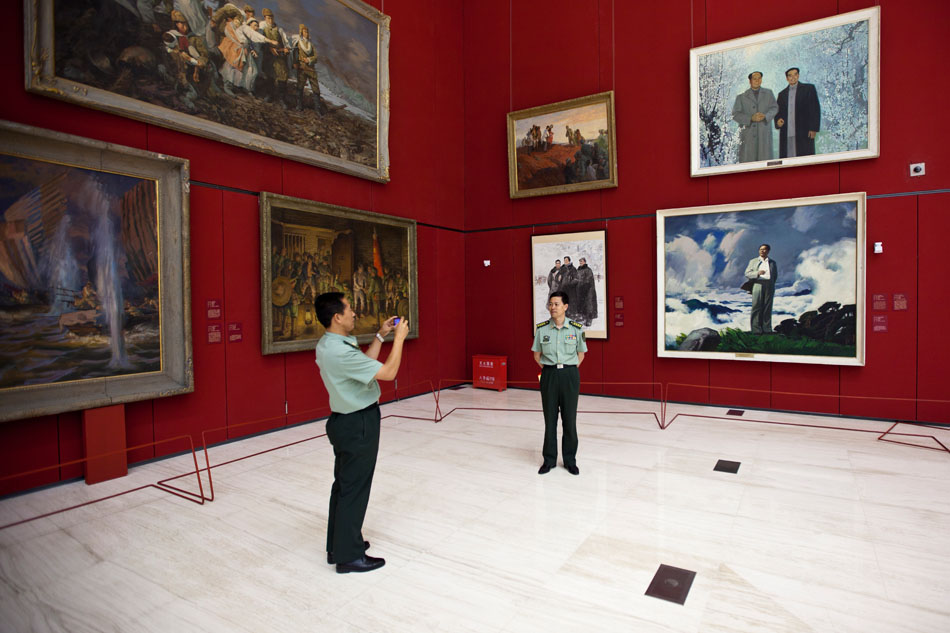
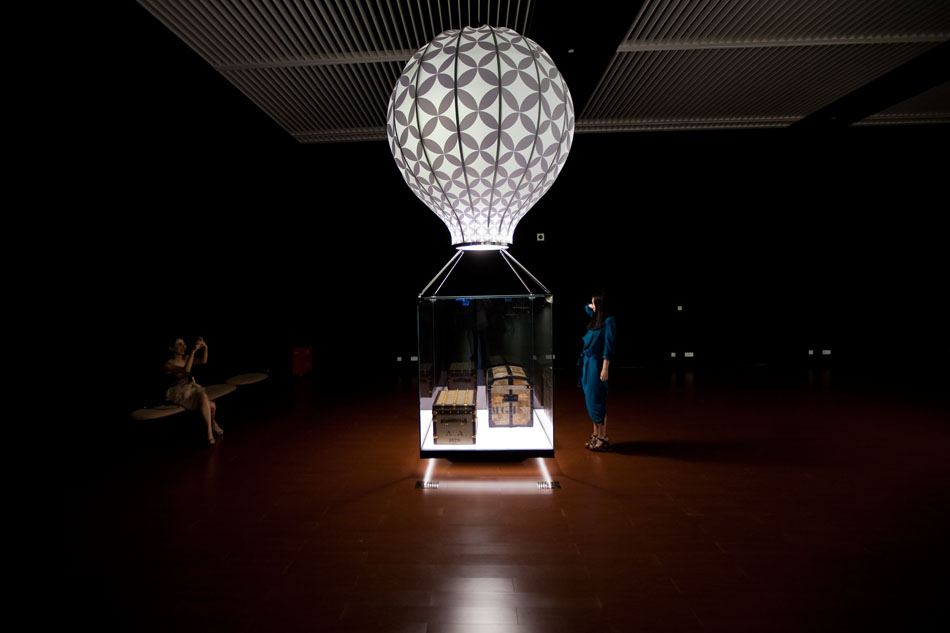
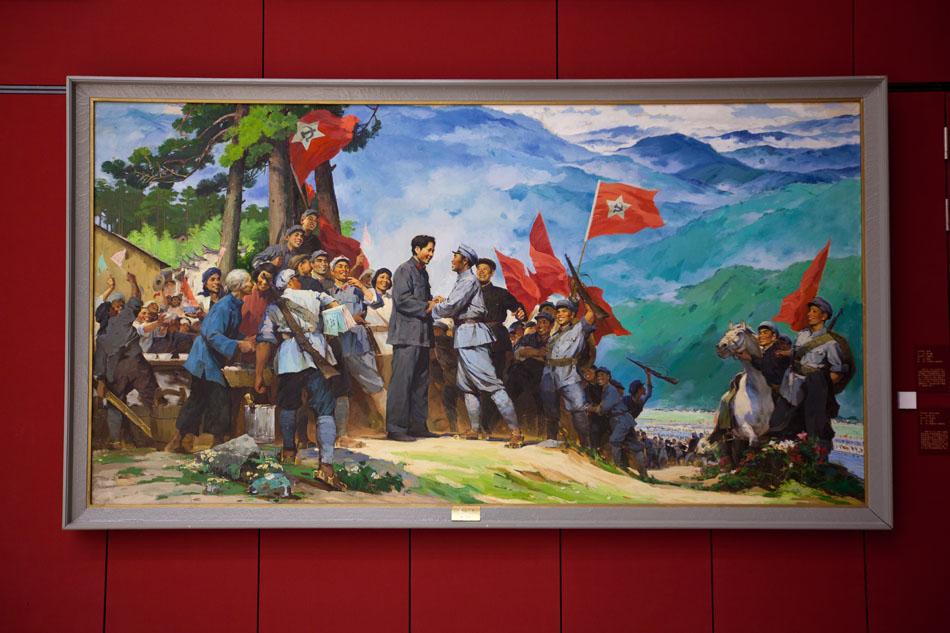

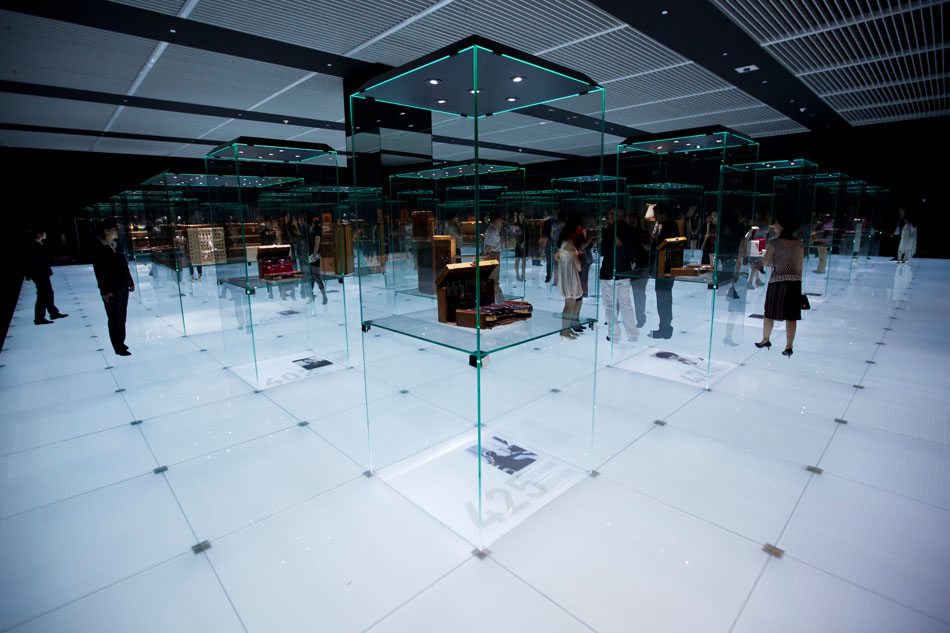
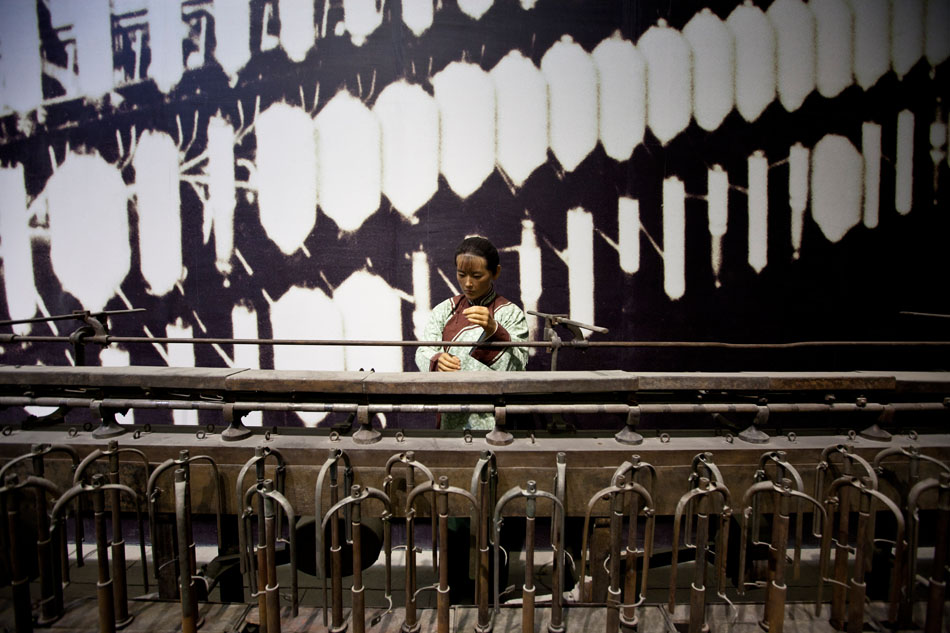


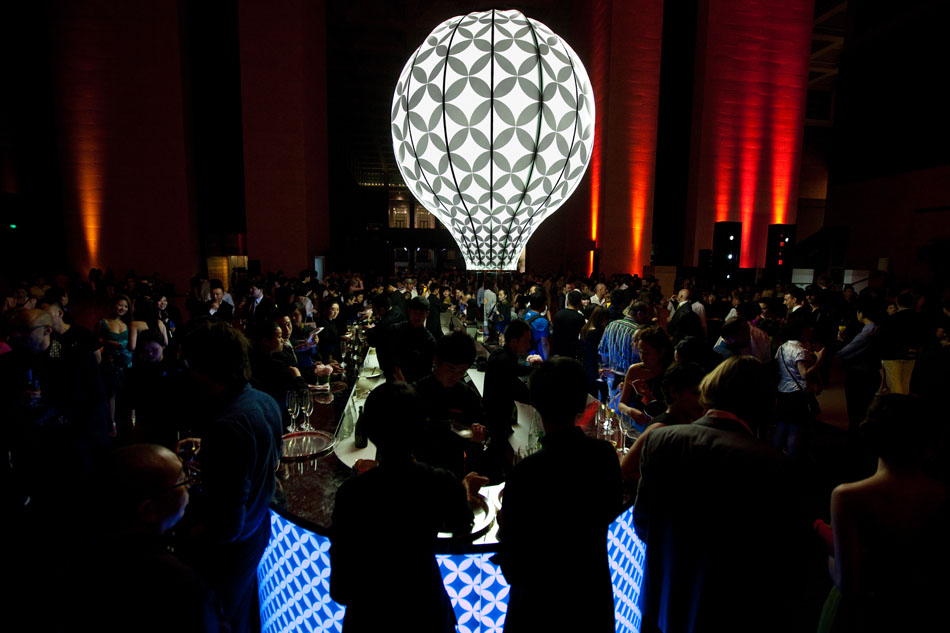
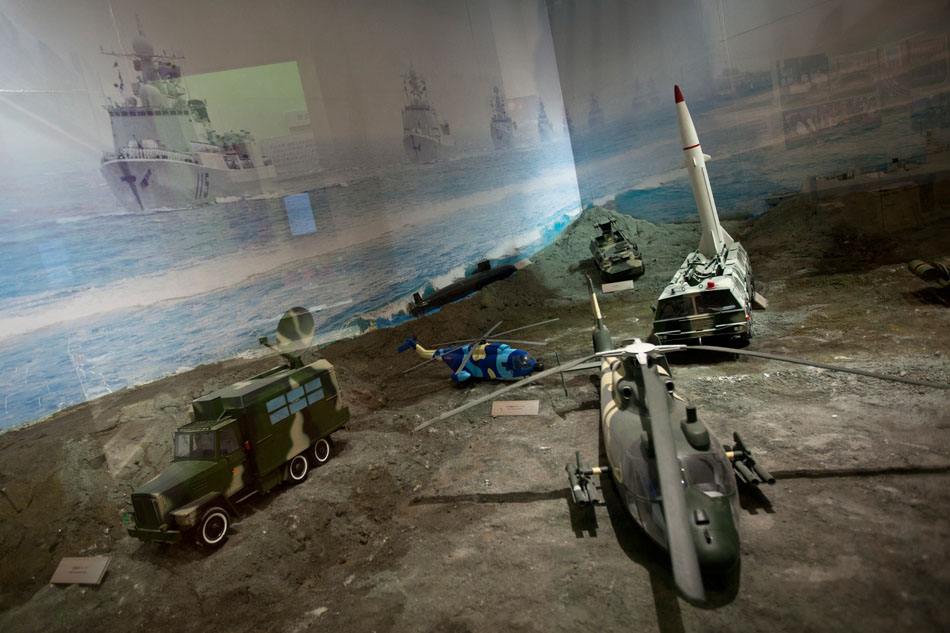
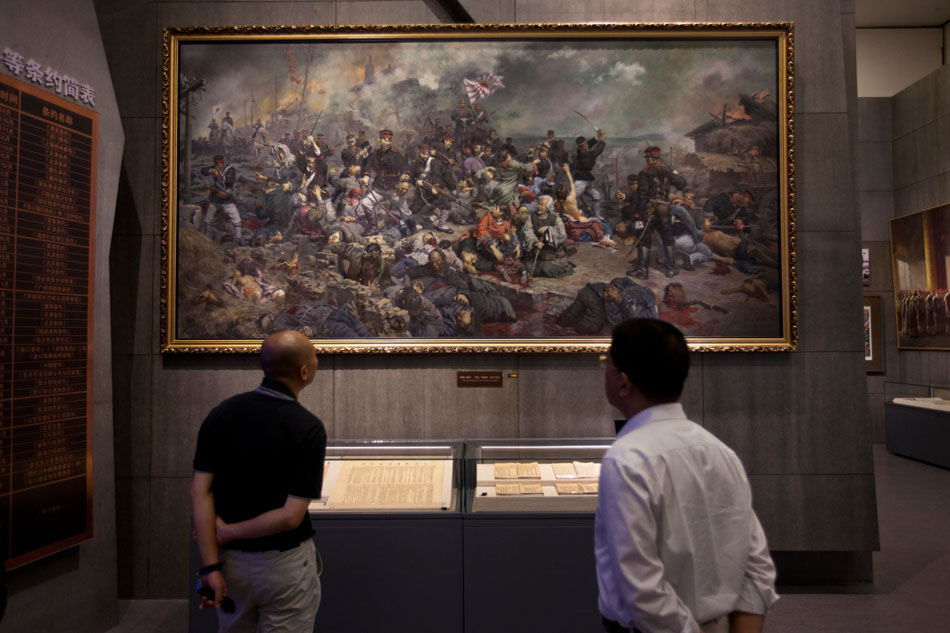


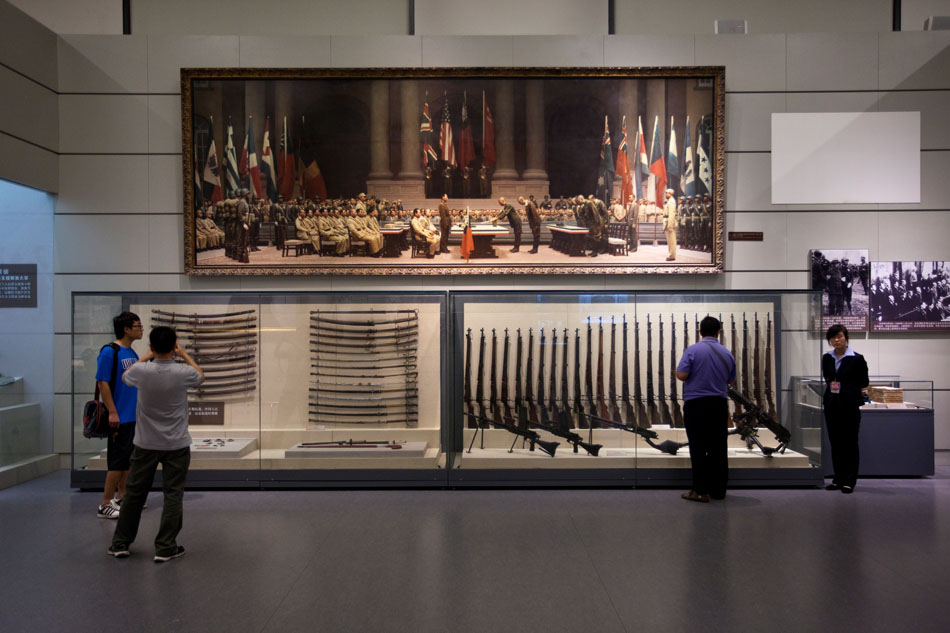
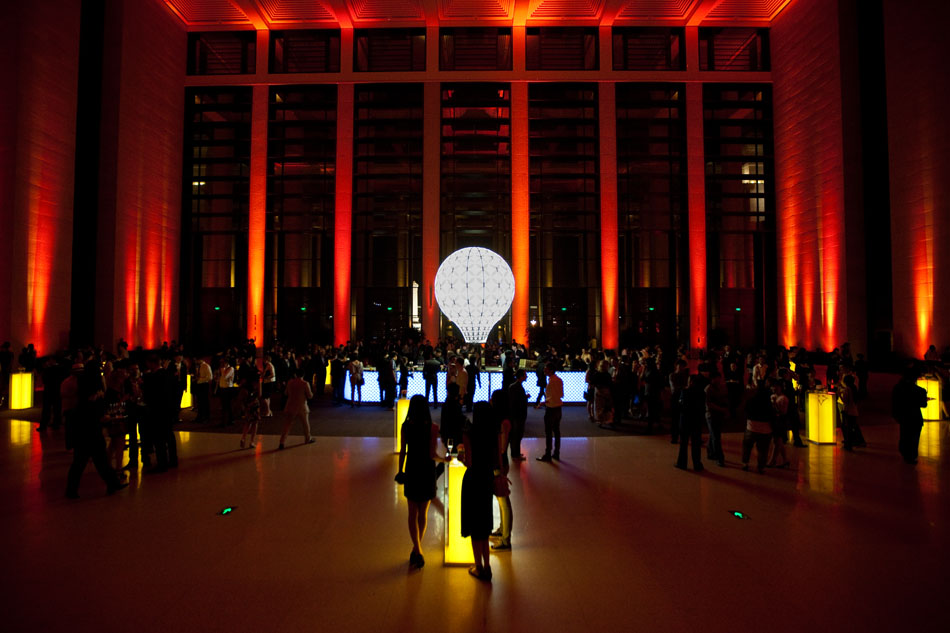
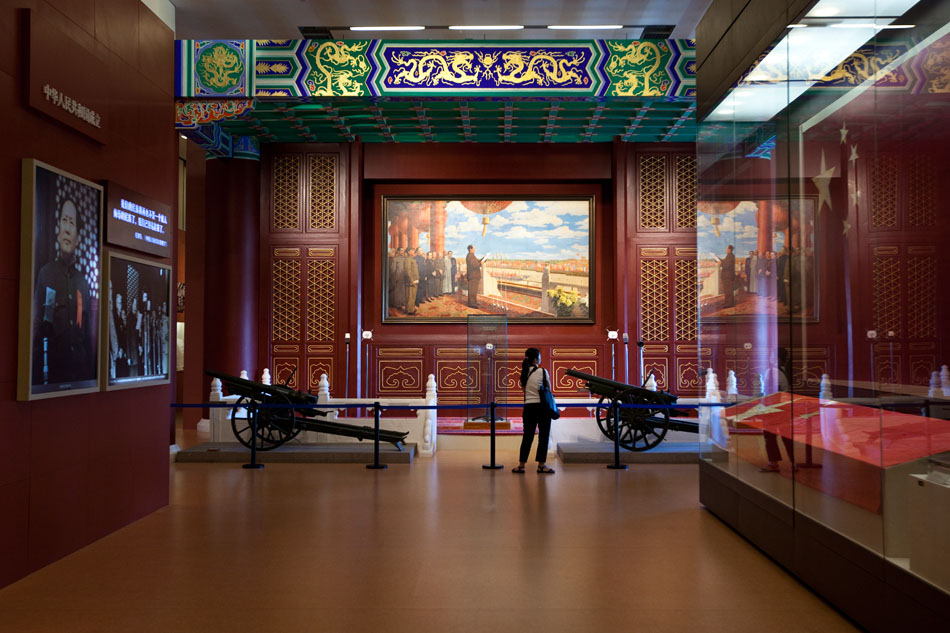

Sep 25, 2011 | Clippings
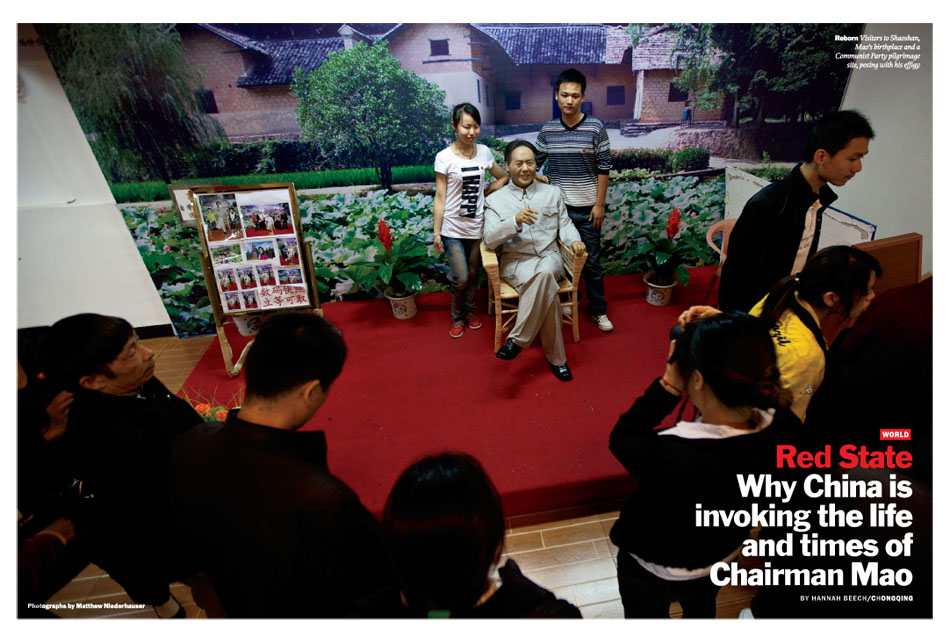
I am definitely late in publicizing this, but Time Magazine used a bunch of photographs from my Red China Rising series in a recent article on red culture and Maoist thought promotion in China for the 90th anniversary of the Chinese Communist Party. The foreign and domestic media frenzy surrounding the promotion of red songs and Mao quotes seems to have subsided now, but it certainly doesn’t mean old people won’t keep gathering in public parks to belt out “The East is Red” and other Cultural Revolution favorites. The whole campaign sort of turned into a joke by the end, and certainly never really caught on amongst the youth. The only real impact I could see is that couples dressing up for cheesy romantic portait sessions now like to don People’s Liberation Army garb covered in red stars. Intentional irony or not, march on!
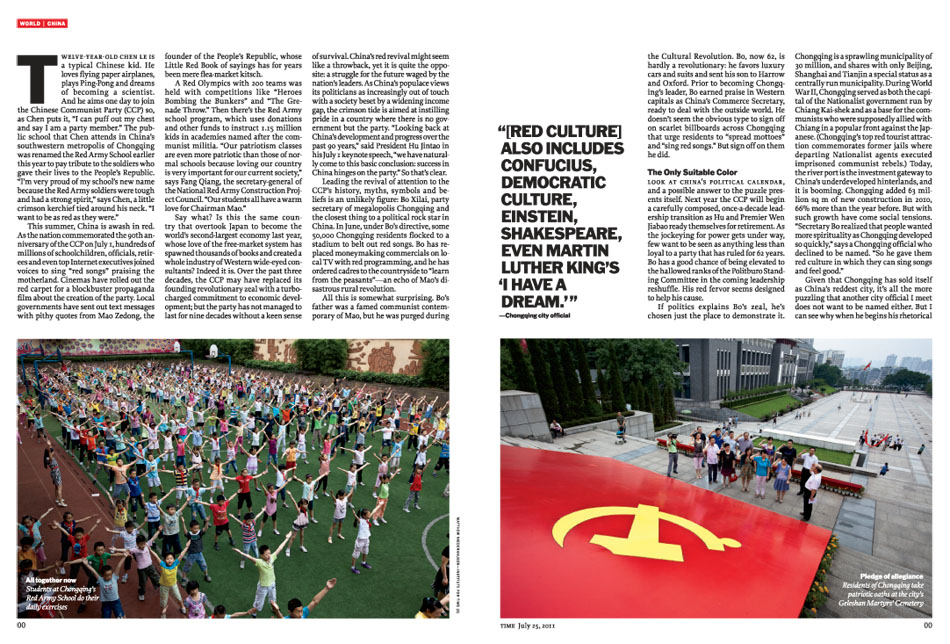
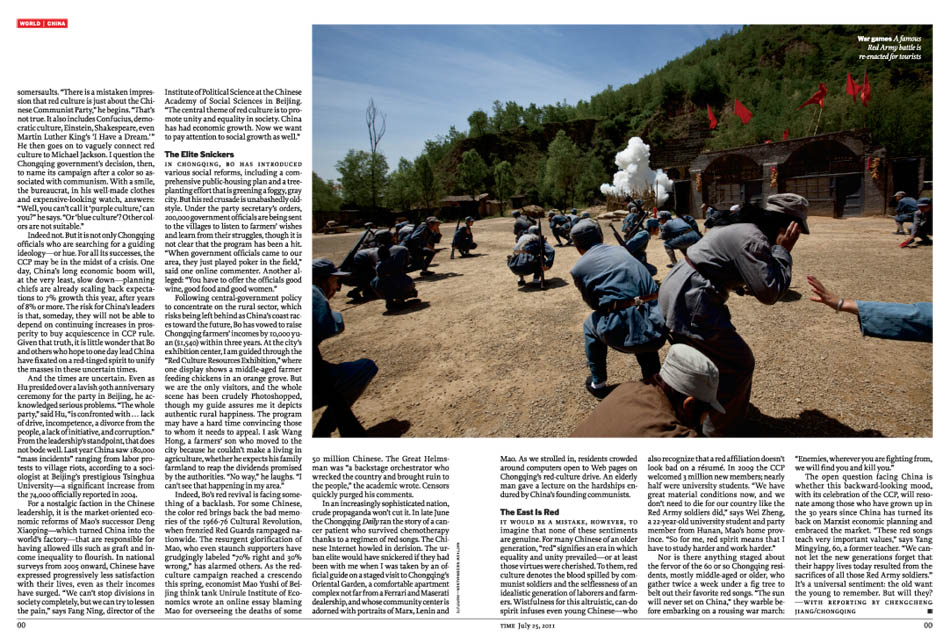
Sep 16, 2011 | Counterfeit Paradises, Society, Travel
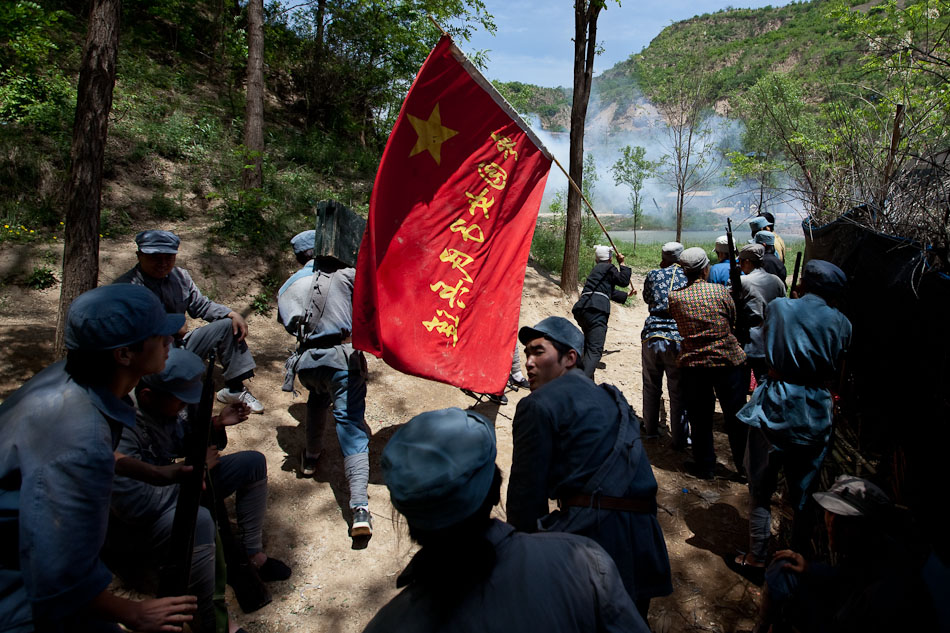
As the Chinese Communist Party celebrates it’s 90th anniversary this year, nationalistic tourists are flocking in droves to communist heritage sites across China. Shaoshan, the birthplace of Mao Zedong, and Yan’an, the cradle of the Chinese Revolution where the Long March ended, now cater to millions of tourists every year. This is going to be the first of a series of posts detailing the bourgeois leisure practices of these nouveau riche pilgrims who possess expectations and consumer desires that seem at odd with the core ideologies of the founding fathers of the Chinese Revolution. The most elaborate attraction in the country is the extremely popular “The Defense of Yan’an” battle reenactment. This spectacle became all the rage thanks to a special twist: for an extra fee observers can don soldier fatigues and participate in the fray. Not only can you observe a pseudo-historical reenactment that spends an inordinate amount of time praising the leadership of Mao, vilifying the KMT and demonstrating the harmonious integration of Shaanxi folk life with communist principles, but you can also tote around guns, get close to the explosions and run wildly around a makeshift village in the name of celebrating revolutionary heritage. The theater of history plays out every afternoon with extra matinees on weekends.

